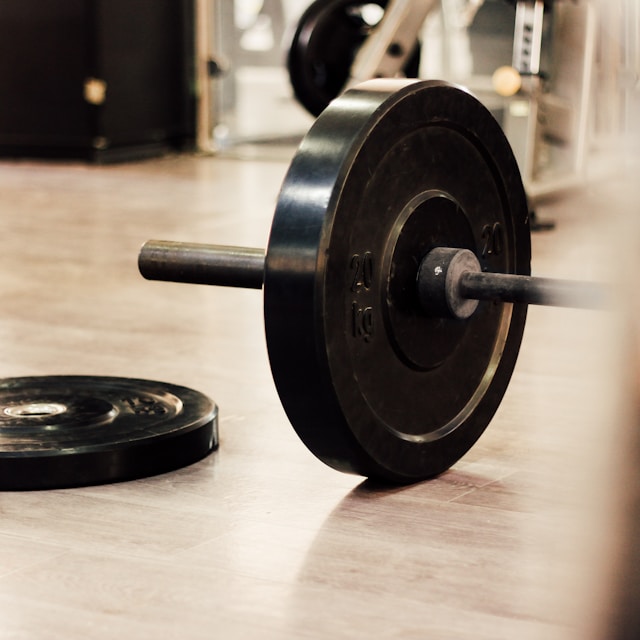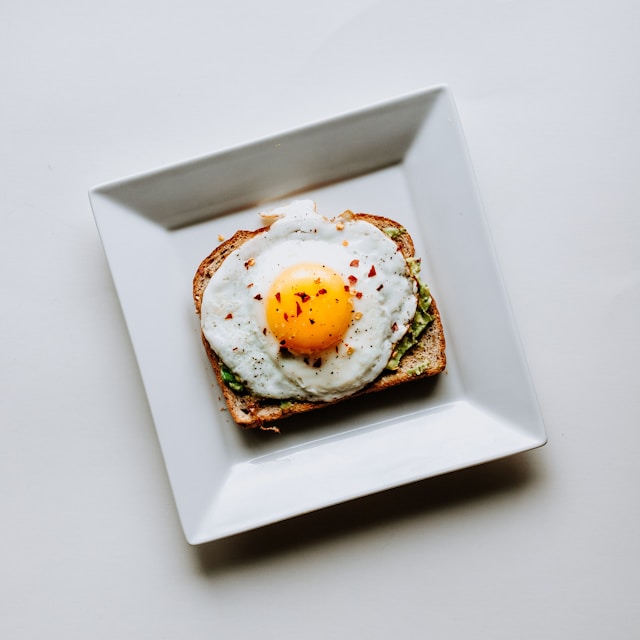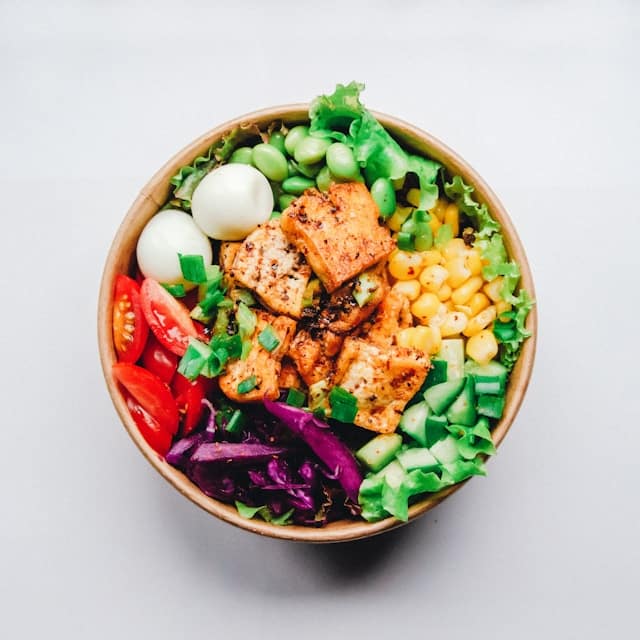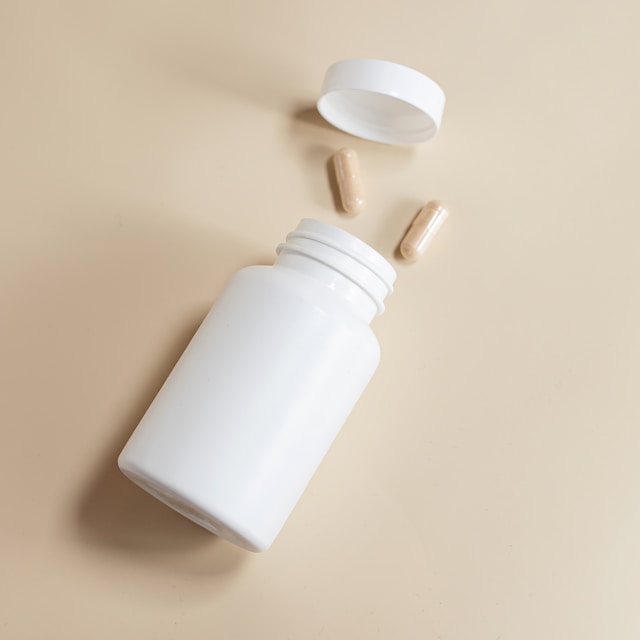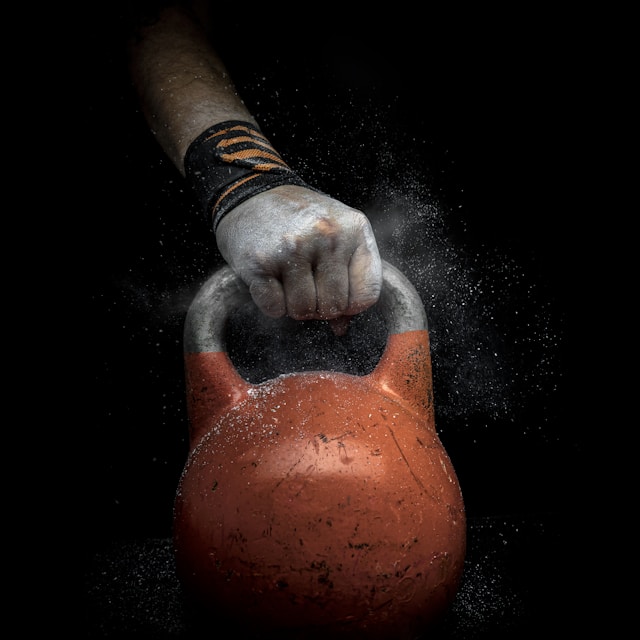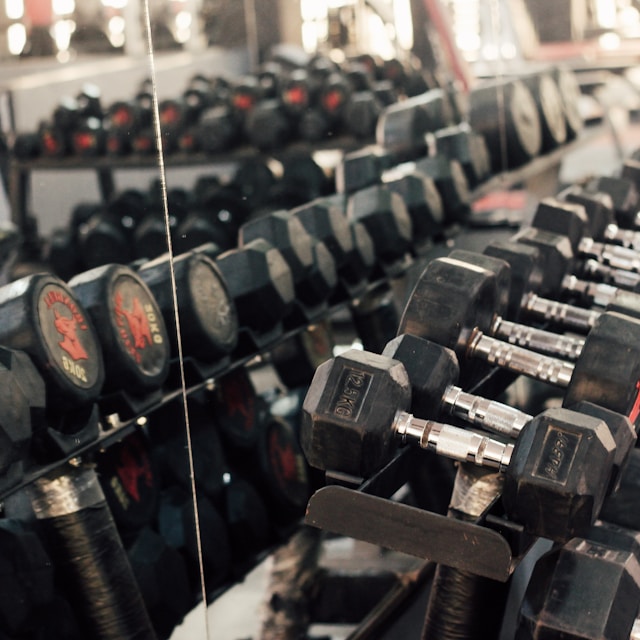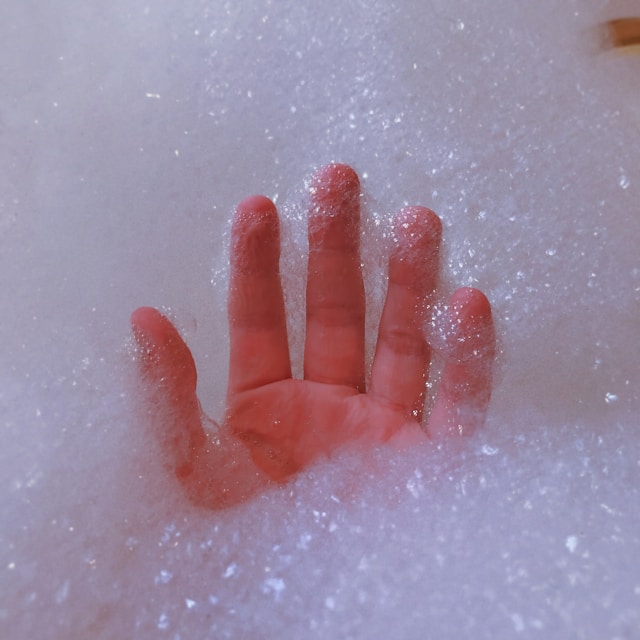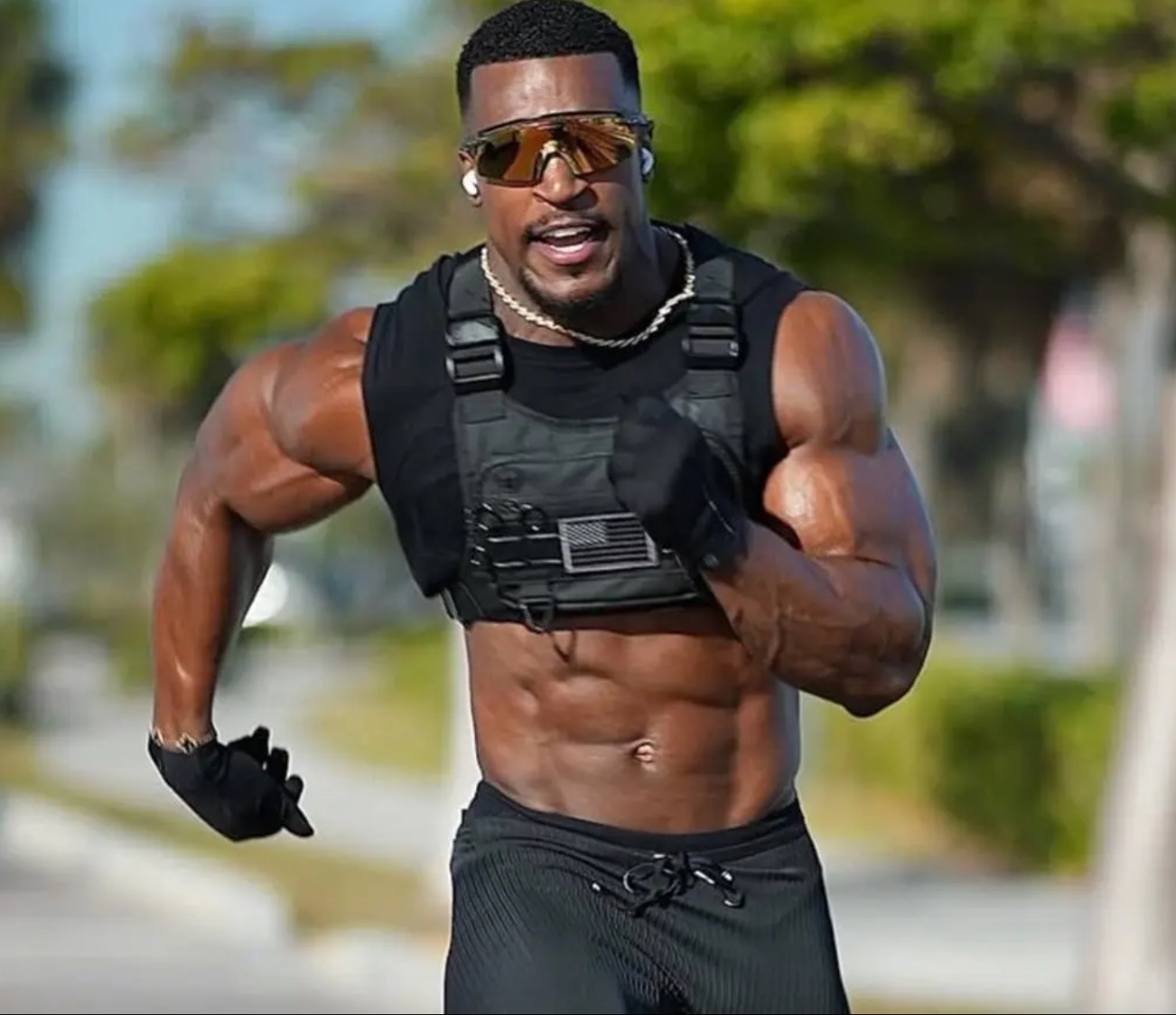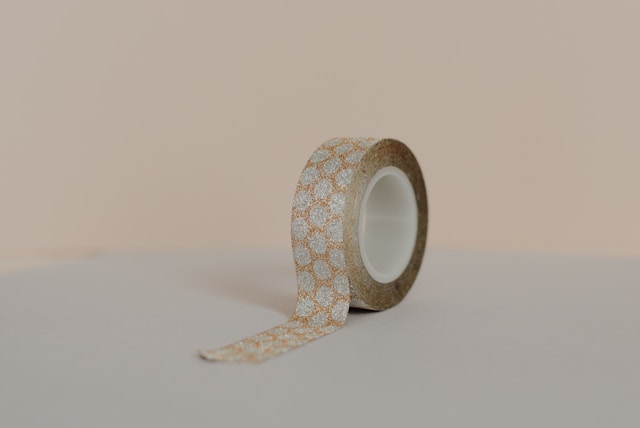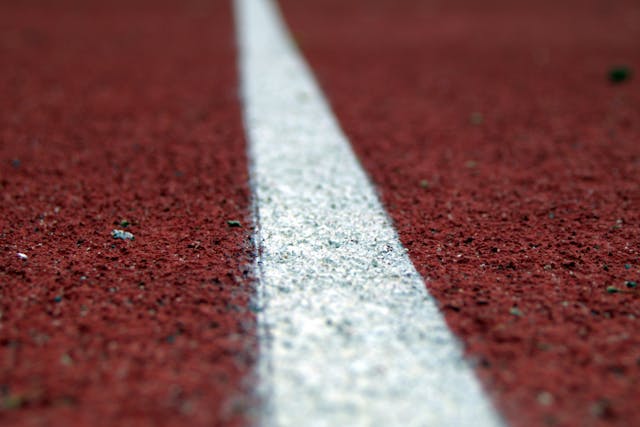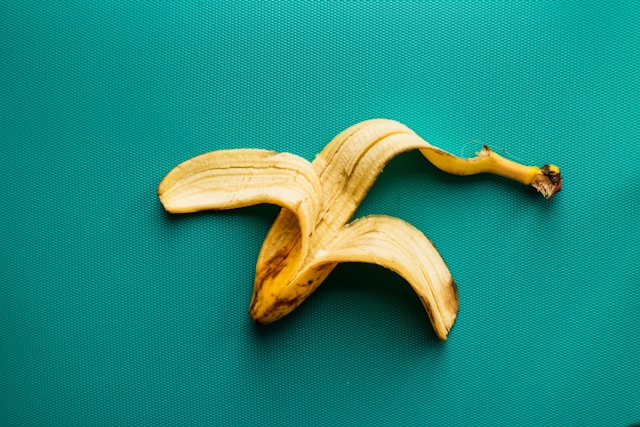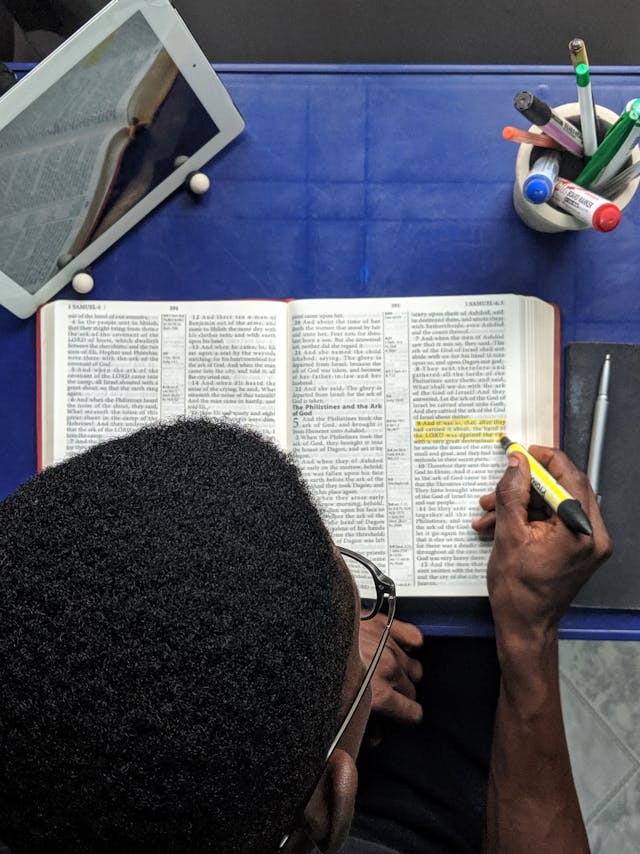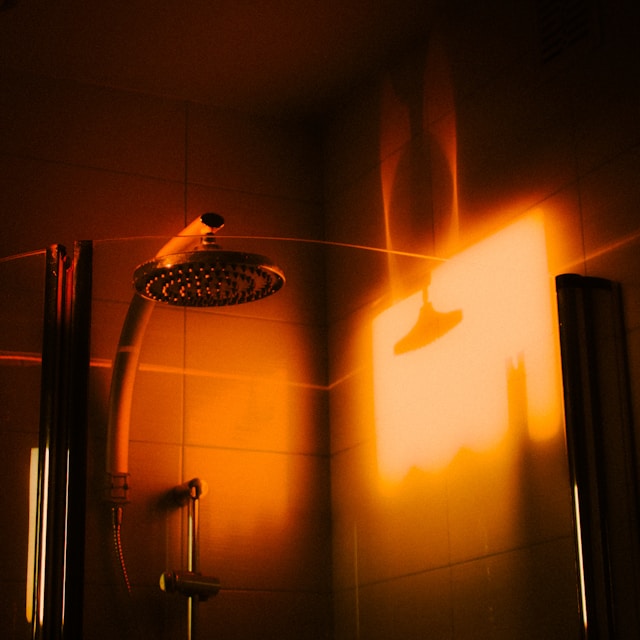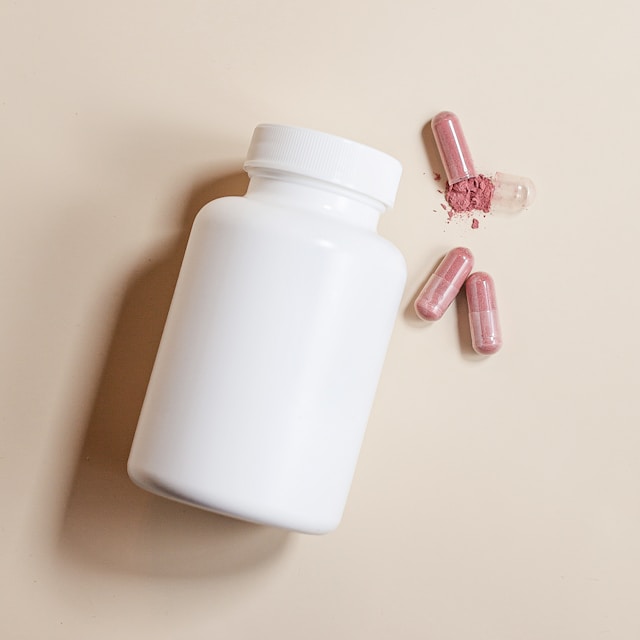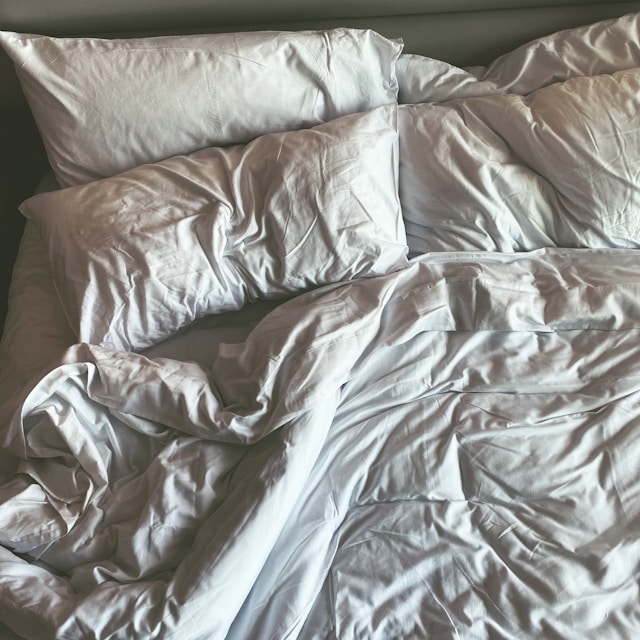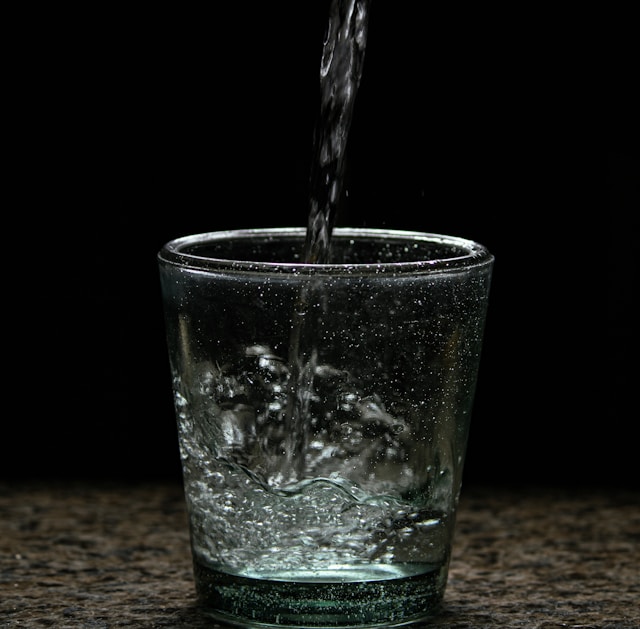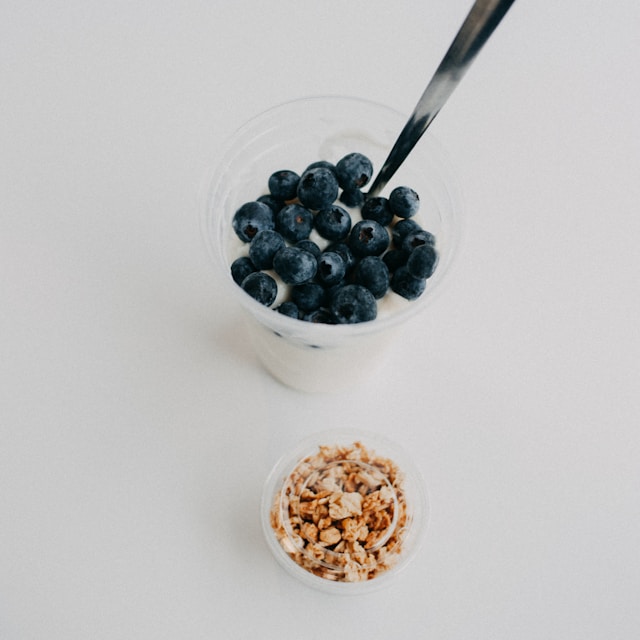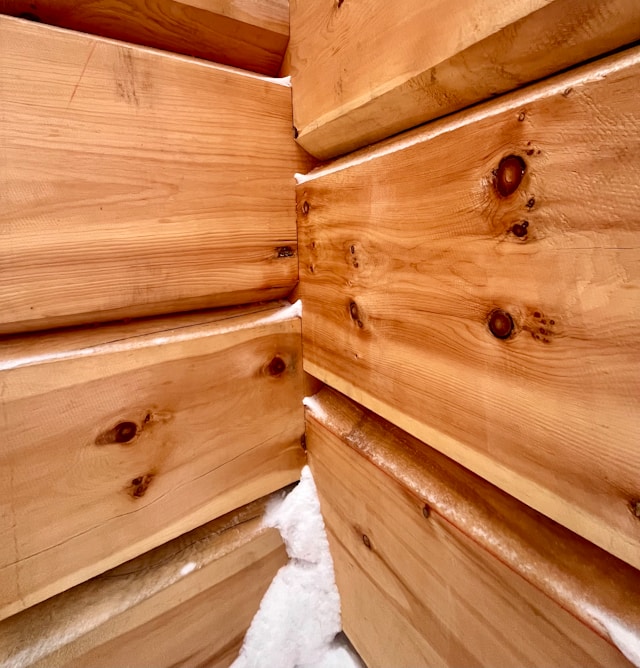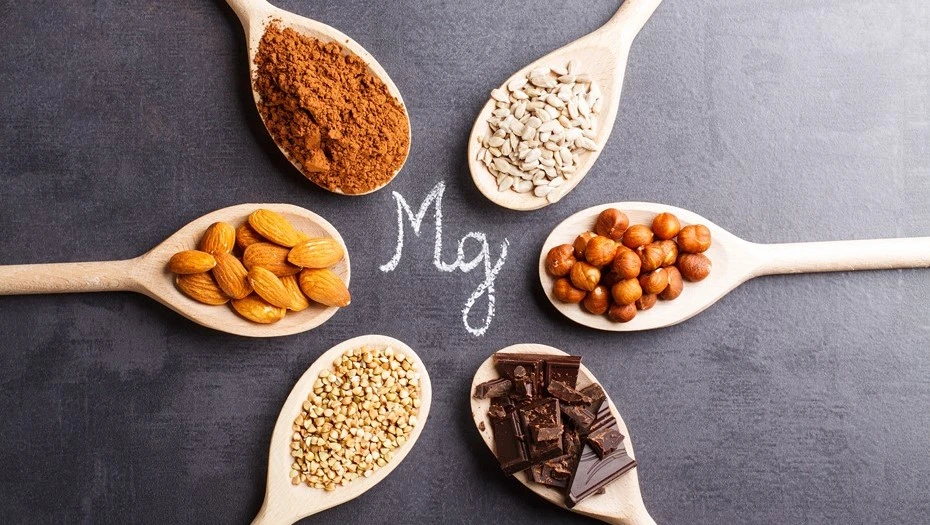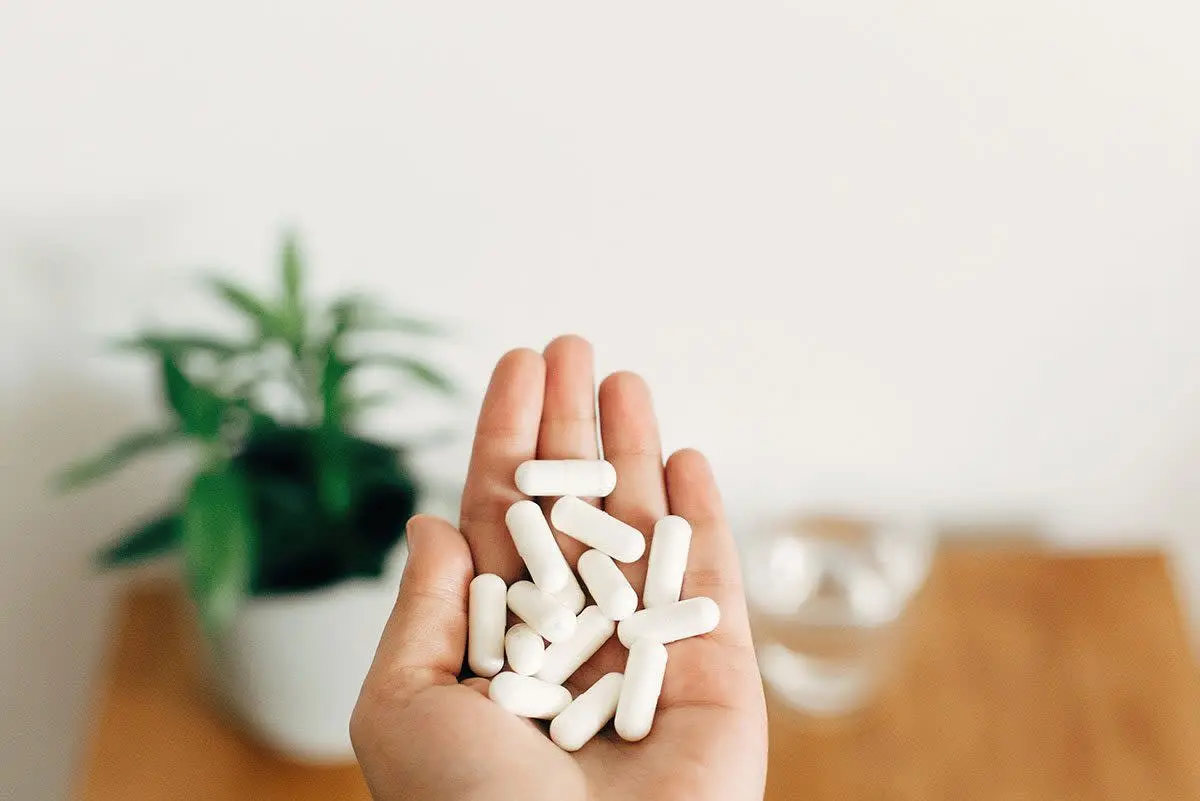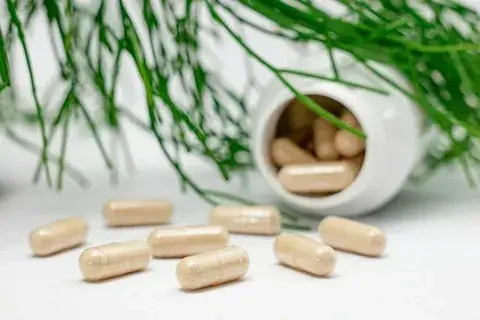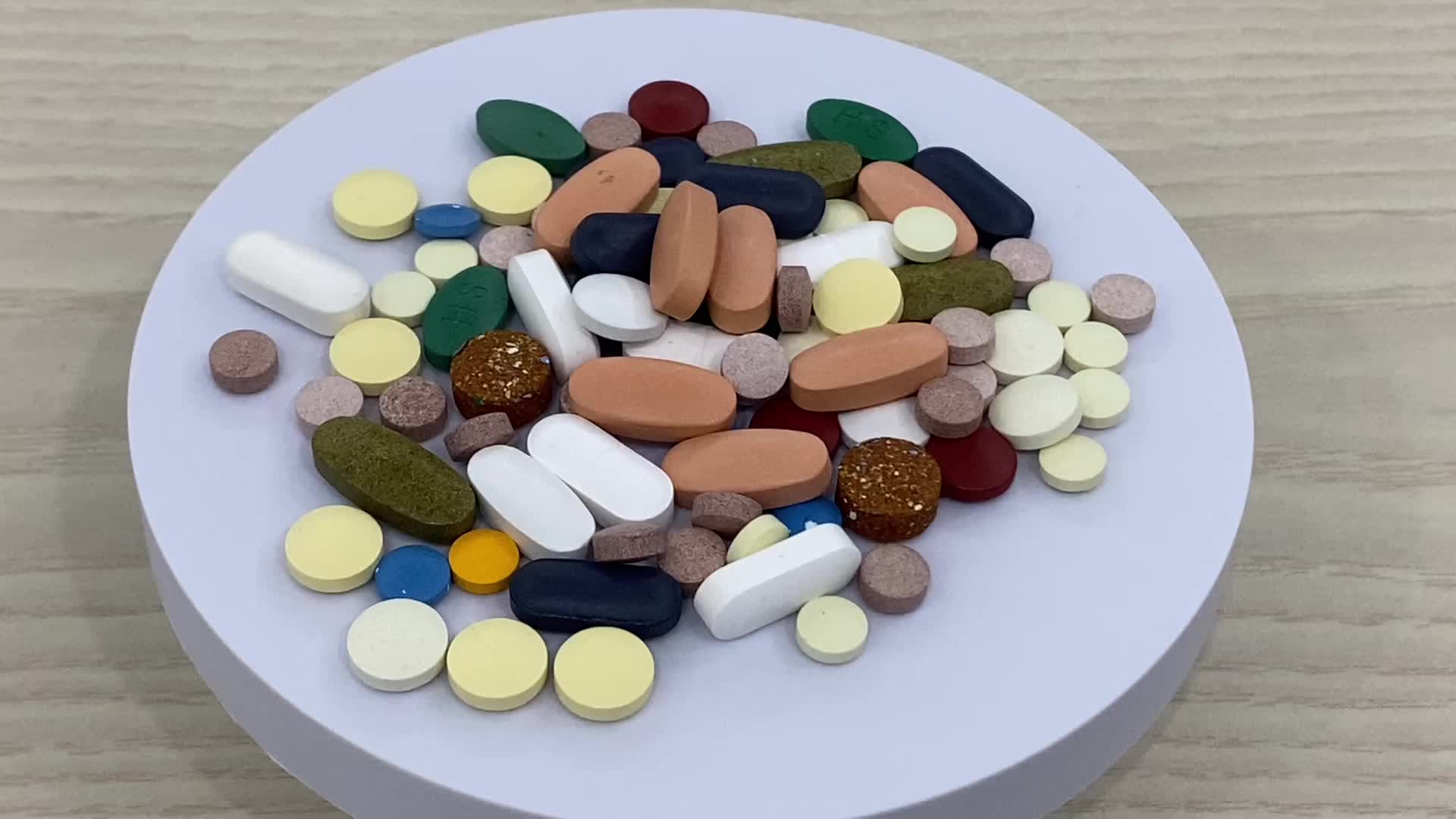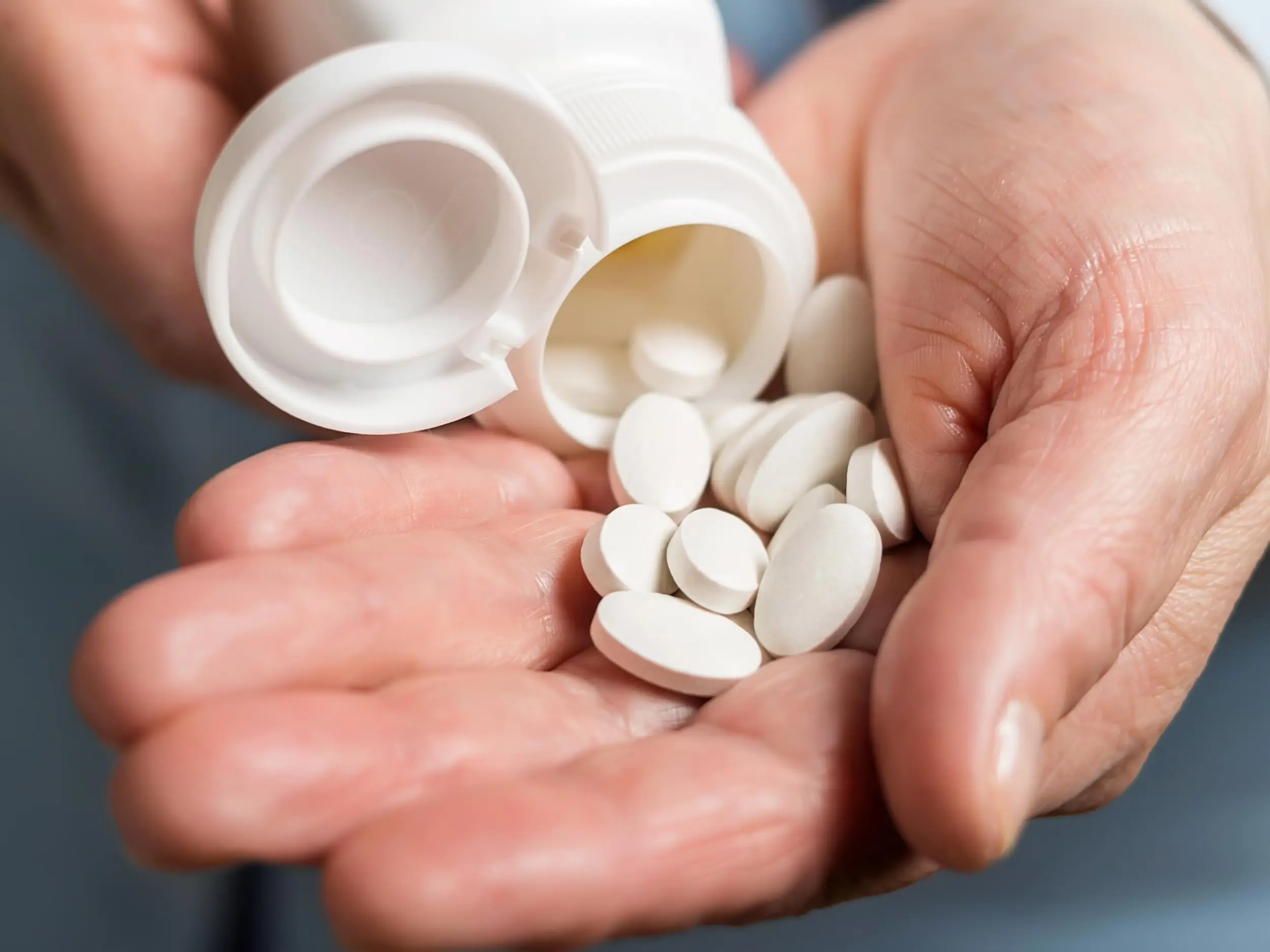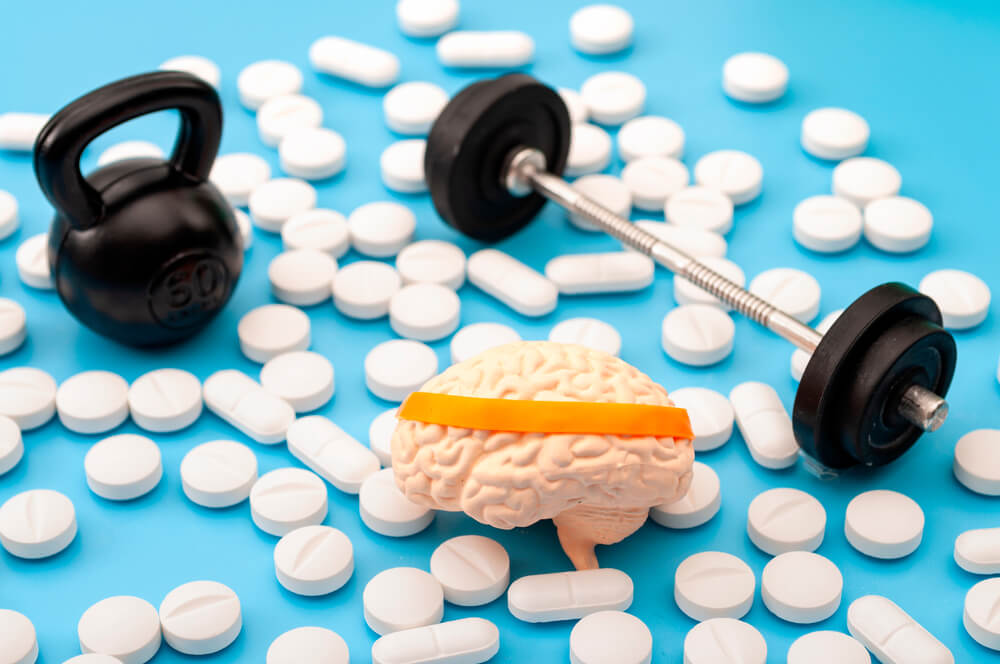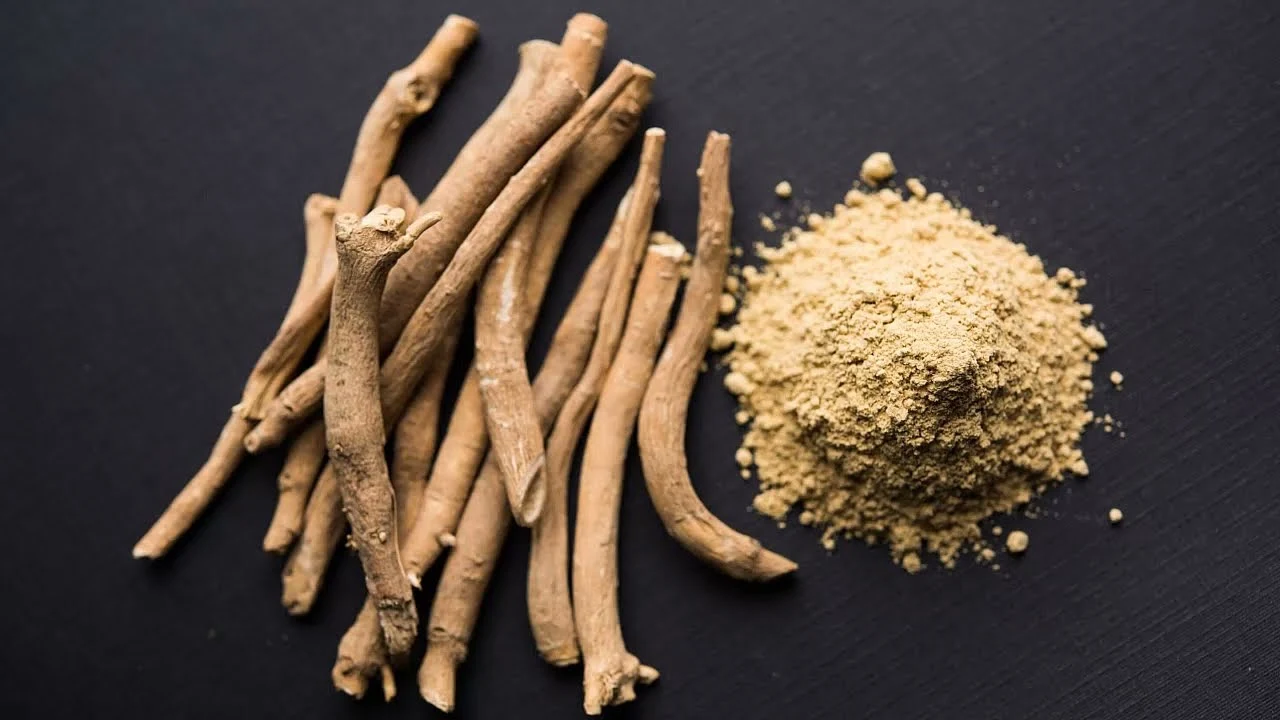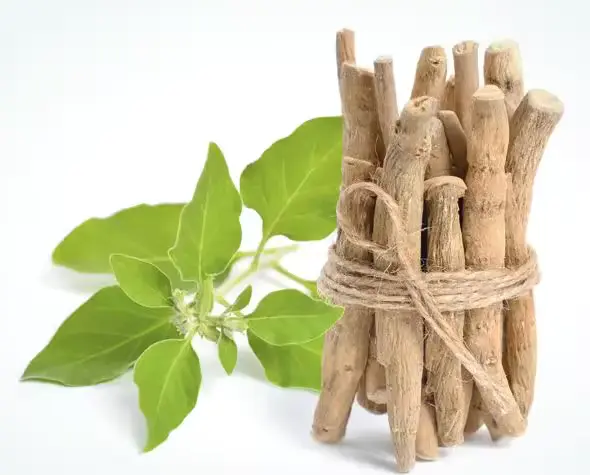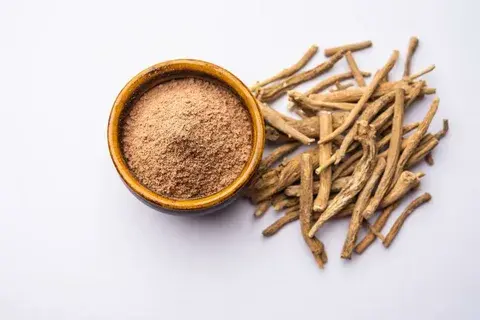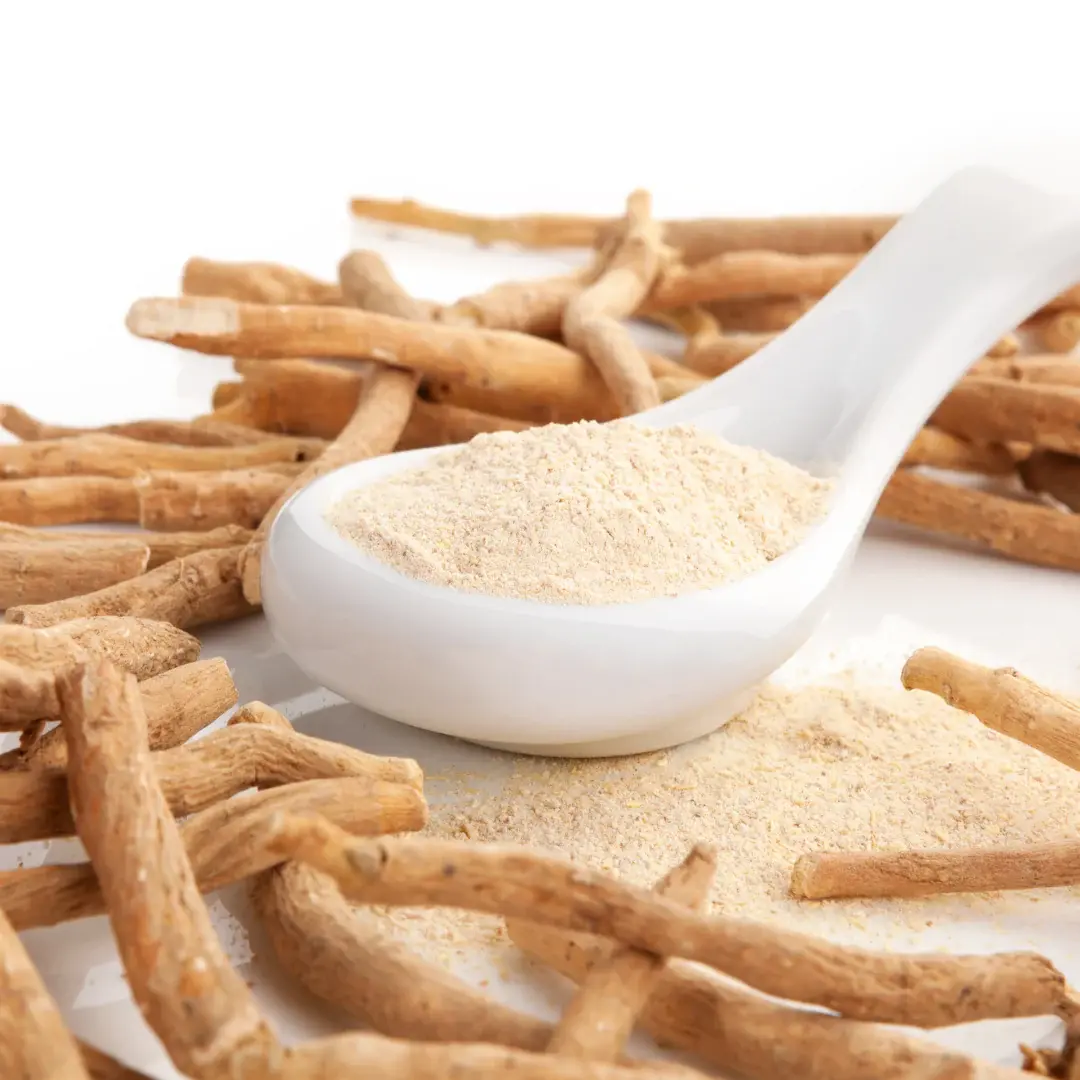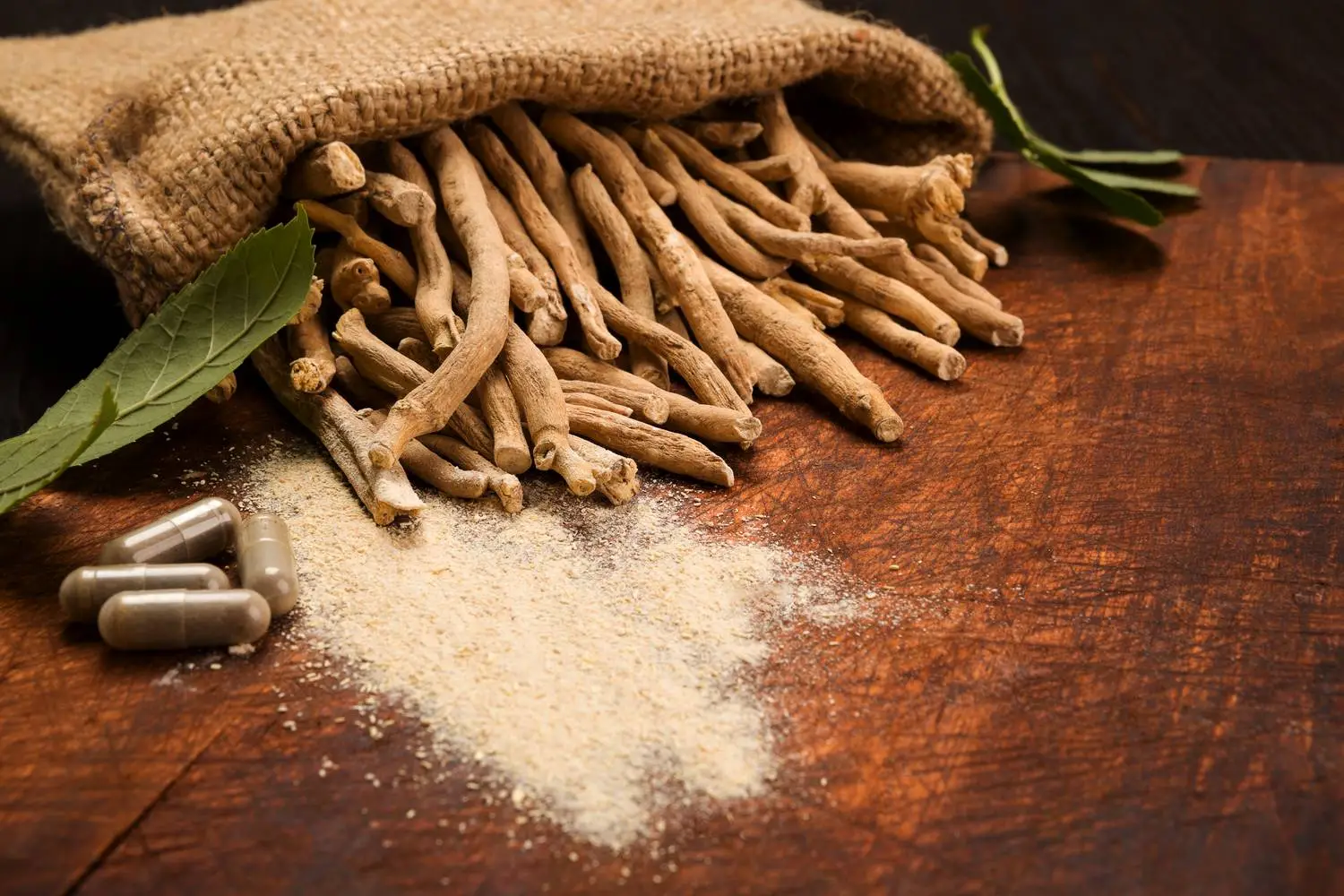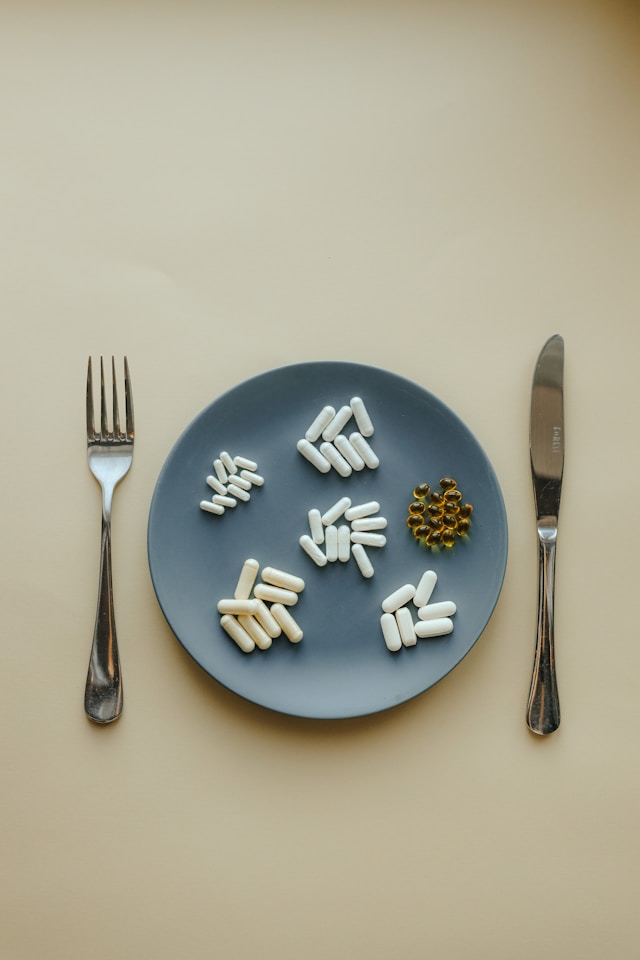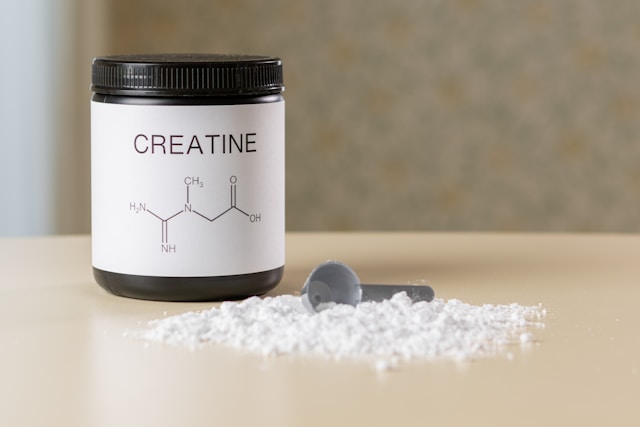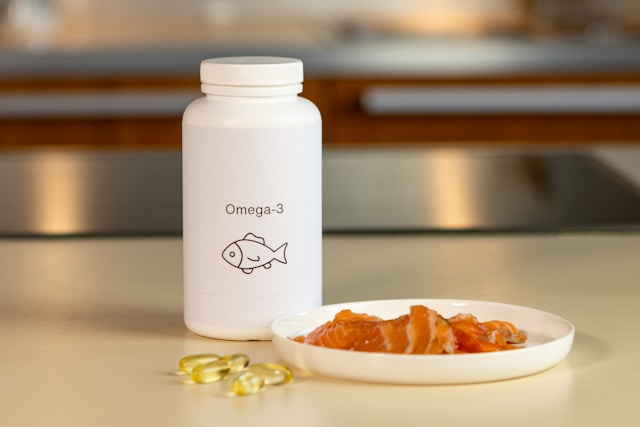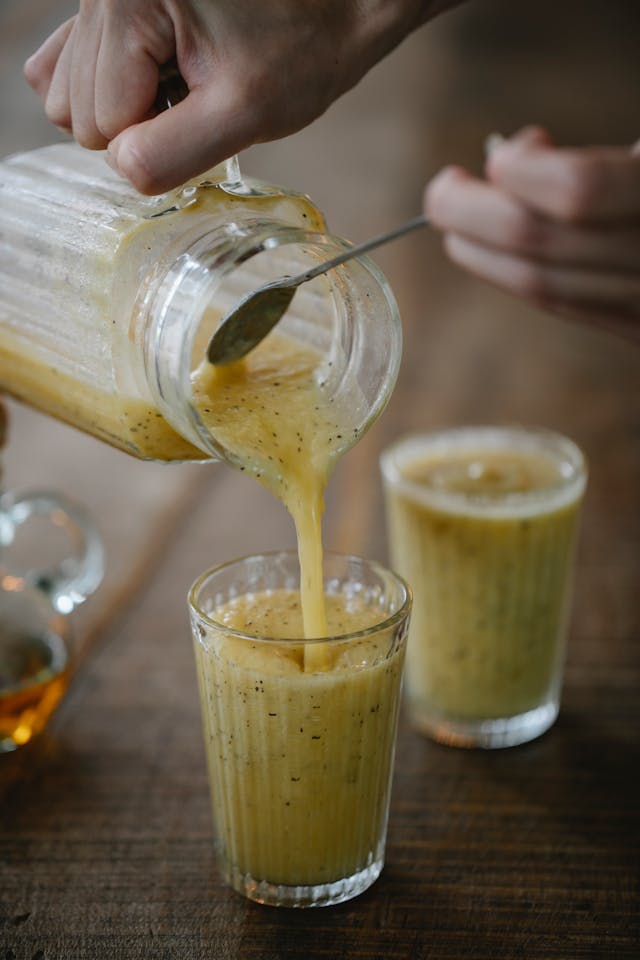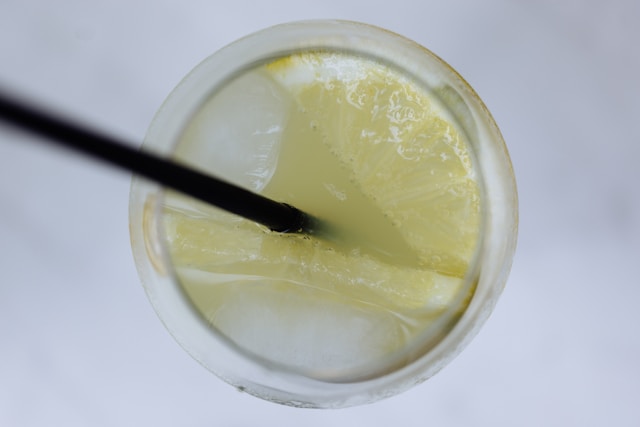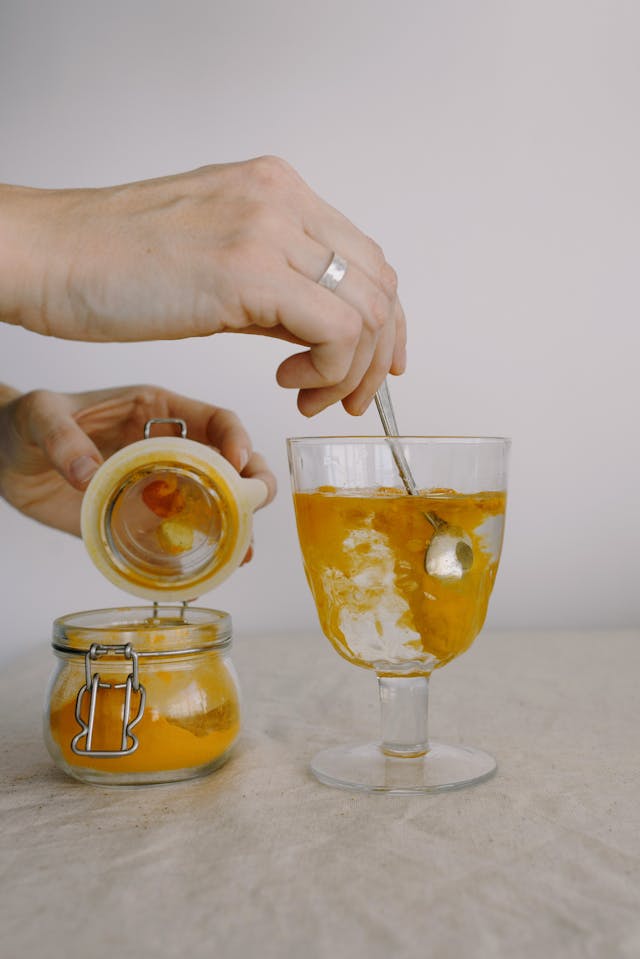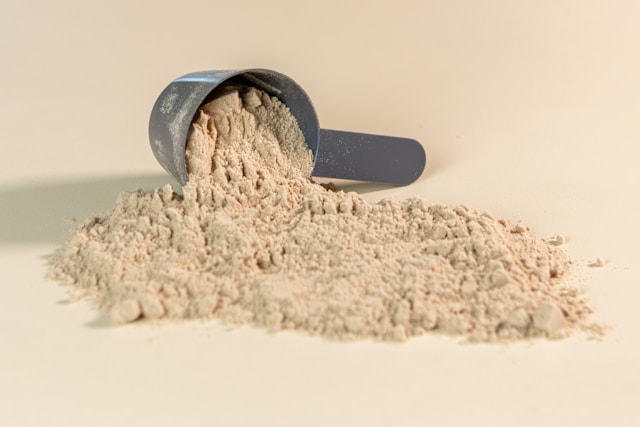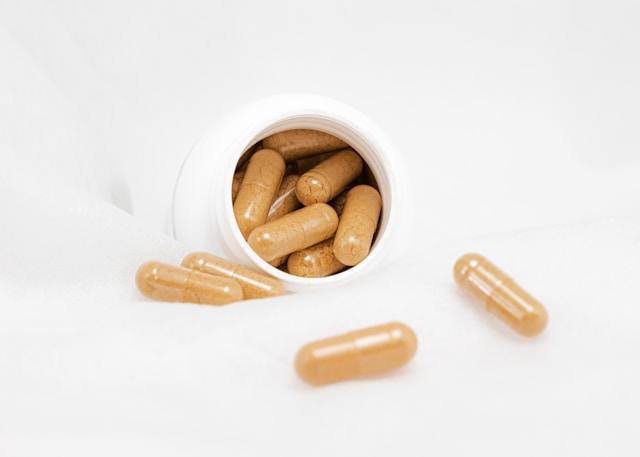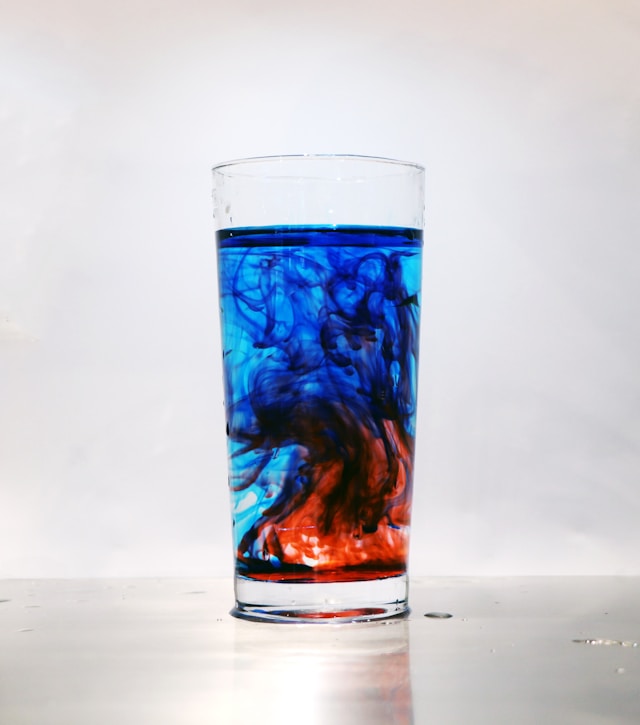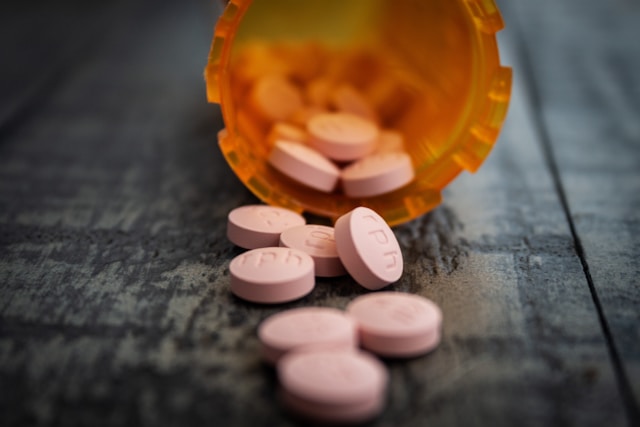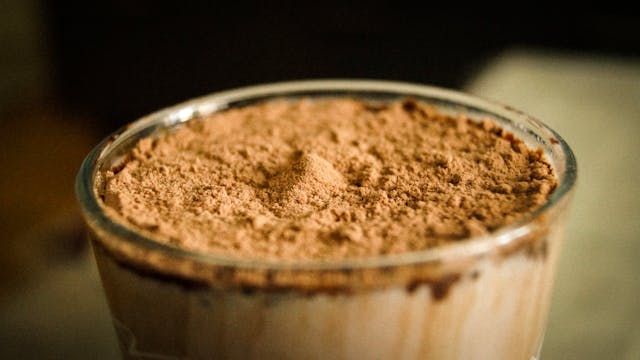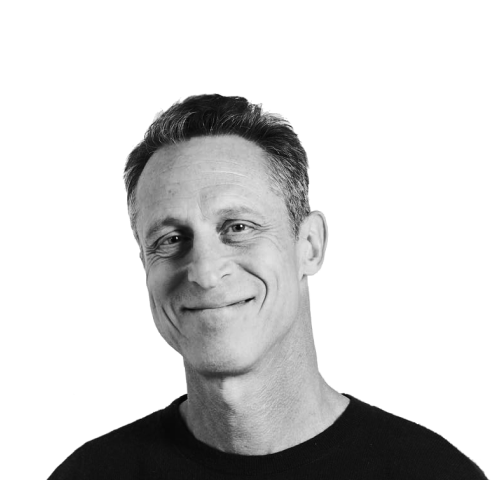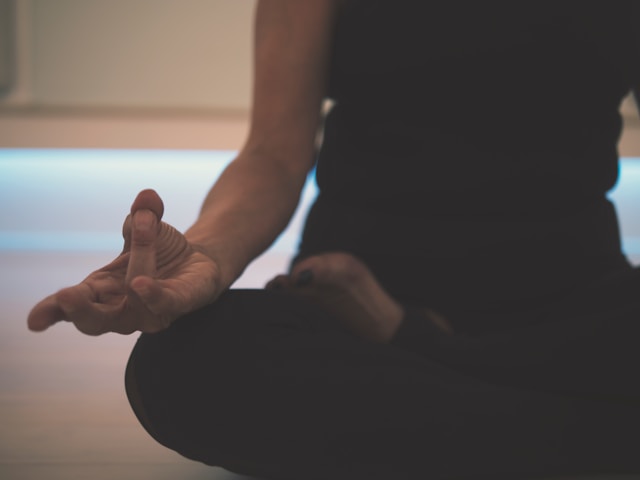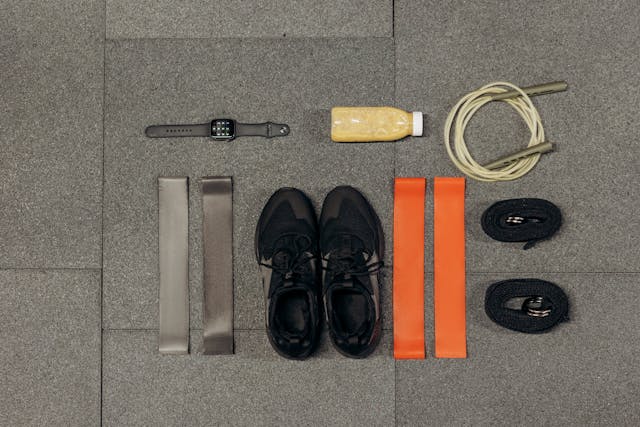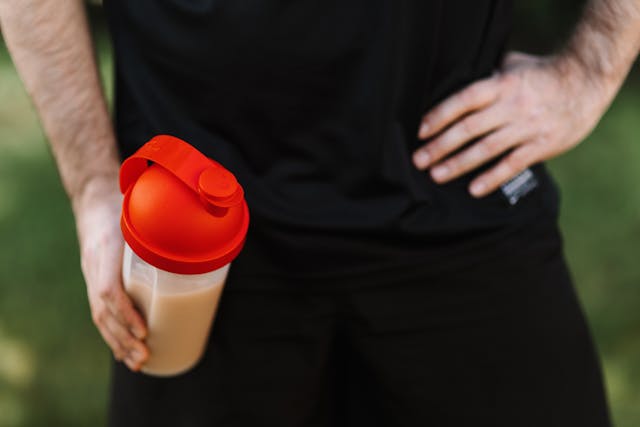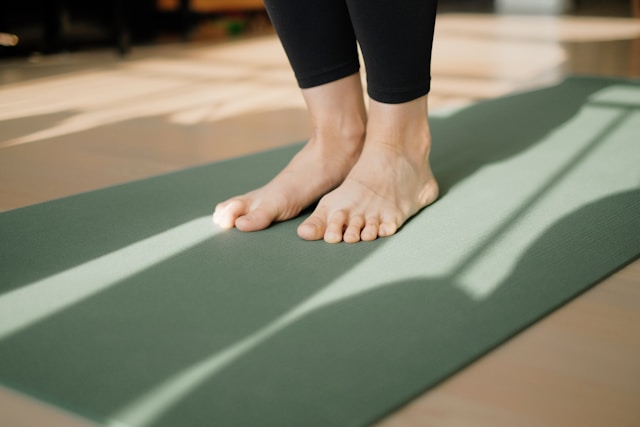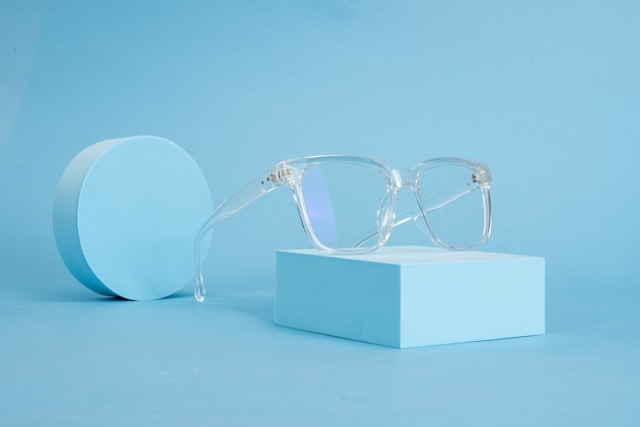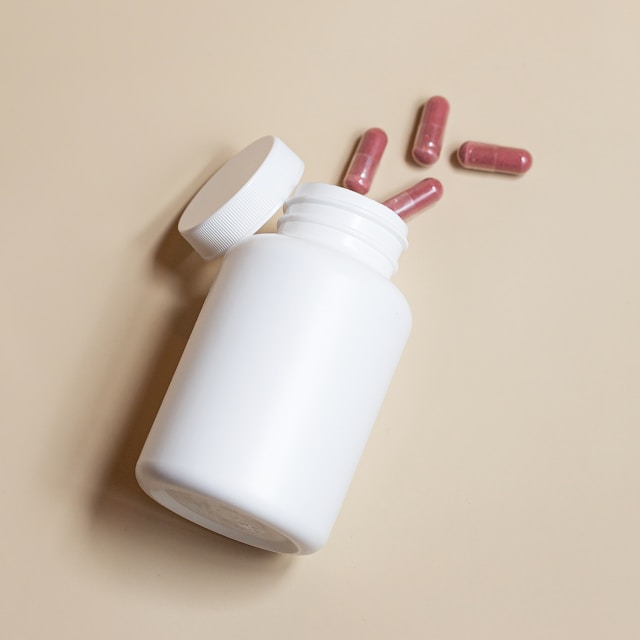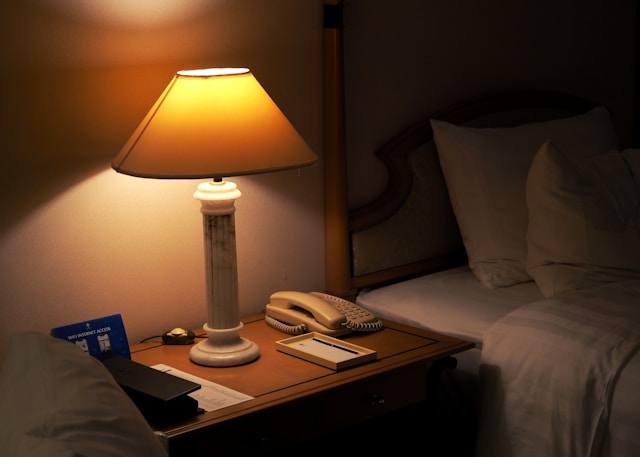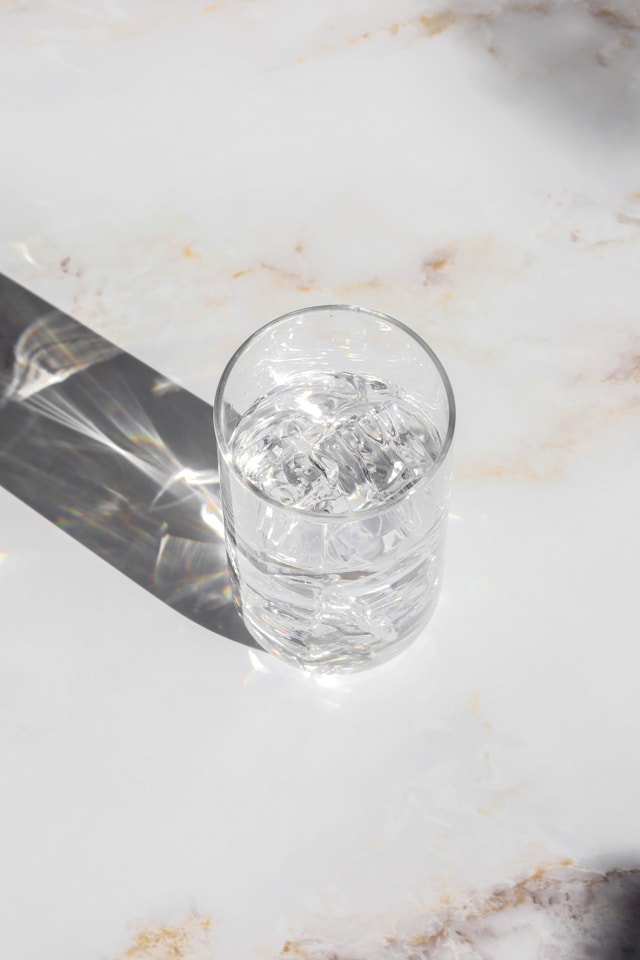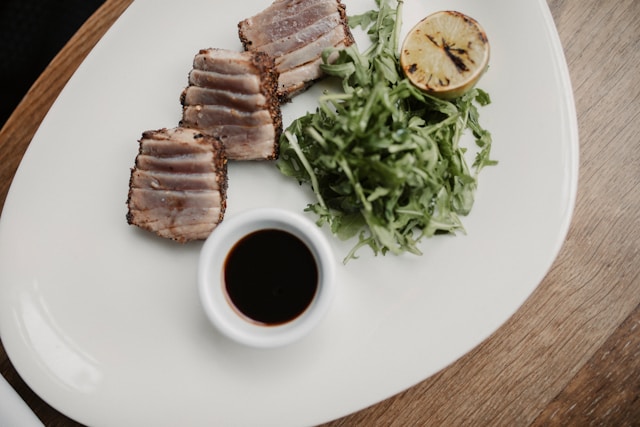Gary Brecka’s Workout Routine
The Moves That Keep Him in Shape
Gary Brecka follows a workout routine that supports both physical strength and overall health. His approach focuses on short, effective sessions that include strength training, mobility work, and breathing exercises. He often uses cold plunges and amino acids before training to boost energy and recovery. His plan also includes the Superhuman workout, which is designed to be efficient and easy to follow. This article will go over the Gary Brecka workout routine, covering his daily exercise habits, pre-workout strategies, and how he combines movement with simple breathing techniques.
- Last Updated: June 2, 2025
-
-
Wakeup & Supplements
The foundation of a strong workout routine starts long before stepping into the gym. For Gary Brecka, the early hours of the day are focused on hydration, mineral balance, and specific supplements to support energy, focus, and hormone health. These simple habits set the tone for everything that follows in his daily routine.
- Mineral-enhanced water: He begins his day with filtered water mixed with high-quality mineral salts. This helps replace lost electrolytes from overnight fasting and supports adrenal function for a more energized morning.
- Hydrogen-infused hydration: To further improve absorption and recovery, he often drinks hydrogen-rich water, which may support mitochondrial health and reduce oxidative stress, especially before intense physical activity. If you want to enhance your workouts, consider opting for a top-class Hydrogen Water Bottle Generator.
- DHEA supplement: Taken in the morning, DHEA acts as a precursor to key hormones and may play a role in improving energy, motivation, and physical resilience throughout his exercise routine.
- Omega-3 fish oil: This healthy fat is used to support hormone function, joint health, and inflammation control—important for anyone following a demanding plan like the Superhuman workout Gary Brecka promotes.
By combining hydration with targeted supplementation, he ensures his body is in a strong position before beginning his morning training. These early steps play a major role in preparing both the mind and body for the intensity of his workout routine, which often includes breathwork, movement, and cold exposure.
-
Cold Plunge
Before starting any intense physical activity, temperature control can play a big role in mental clarity and energy levels. For those following his approach, cold exposure is more than just a wake-up—it’s a performance tool. This step comes after his breathing routine and before his workout begins.
- Cold water immersion routine: He starts his day with a full cold plunge lasting around 3–6 minutes at temperatures between 48–50°F (9–10°C), helping to boost alertness and sharpen focus.
- Hormonal and neural benefits: Regular cold exposure is used to spike adrenaline and dopamine, supporting better mood and mental sharpness heading into his workout.
- Timing matters: He prefers cold plunging first thing in the morning, especially before training, rather than after workouts, so muscle gains aren’t compromised.
- Circulation and fat activation: Cold plunges activate brown fat for heat production, which supports metabolism and blood flow.
- Contrast therapy sessions: He occasionally switches between cold plunges and sauna time, which supports his recovery while keeping circulation high without reducing muscle adaptation.
Starting the day with cold immersion has become a core part of the Gary Brecka workout routine. It prepares his body for performance, improves focus, and supports recovery without interfering with the physical adaptations he’s aiming for.
-
Morning Exercise
After hydration and cold exposure, the next step is movement. But instead of jumping into intense training, the focus shifts to gentle, effective cardio paired with proper fuel. It’s all about setting the right metabolic rhythm while protecting lean muscle.
- Protein before movement: He consumes around 30 grams of protein within the first 30 minutes of waking—usually a quick shake—to give his body the fuel it needs before starting his low-intensity cardio.
- 30/30/30 method: This refers to 30 grams of protein, 30 minutes of steady-state cardio, all done within 30 minutes of waking. It’s a consistent part of the Gary Brecka workout plan and helps tap into fat stores while preserving muscle.
- Low-intensity cardio approach: He prefers walking or using a stationary bike at a pace that still allows for conversation or reading. This style of movement keeps heart rate low, so the body stays in fat-burning mode longer.
- Caution against fasted high-intensity training: He avoids intense workouts before eating because it can shift the body from fat-burning to muscle breakdown, which goes against the goals of his exercise routine.
- Short workouts when needed: On busy days, he replaces longer sessions with a quick “20-20-20” workout—20 exercises, 20 reps each, in 20 minutes—to keep training consistent and time-efficient.
This light cardio and protein combo is a consistent part of the Gary Brecka exercise routine. It prepares the body for more intense training later in the day and supports fat metabolism, hormone balance, and long-term results.
-
Workout Nutrition
Fueling the body isn’t just about eating clean—it’s about timing, quality, and consistency. For those following his fitness approach, nutrition plays a central role in both performance and recovery, especially before and after training sessions.
- Whole food focus: His meals are centered around real, nutrient-dense whole foods—minimizing processed ingredients and maximizing vitamins, minerals, and healthy fats.
- Breakfast after morning cardio: A typical first meal includes high-quality protein (like eggs or a shake), healthy fats, and occasionally fruit or greens.
- Low-carb, high-fat approach: Most meals follow a keto-style pattern—low in refined carbs, moderate in protein, and rich in healthy fats—to keep blood sugar steady and reduce inflammation.
- Hydration throughout the day: He frequently adds electrolyte mixes or sea salt to his water to maintain mineral balance, especially around his training periods.
- Midday support: If needed, he may opt for a greens powder or whole food-based protein bar to maintain energy without disrupting blood sugar.
- Caffeine timing: Used sparingly and avoided in the afternoon to support better sleep, which is vital to recovery and workout results.
This nutritional strategy supports every part of Gary Brecka’s workout plan—from morning cardio to recovery at night. Clean meals, smart supplements, and consistent hydration all help sustain energy and results throughout the day.
-
Evening Wind Down & Sleep
What happens after sunset is just as important as what happens in the gym. For wellness nerds following a structured fitness lifestyle, recovery begins before the head hits the pillow. A consistent evening routine helps support better hormone balance, energy, and sleep quality—key elements for any serious workout plan.
- Dinner timing and screen cutoff: He follows the 10-3-2-1 rule—10 hours before bed: no caffeine, 3 hours: no food or alcohol, 2 hours: no work, 1 hour: no screens. This helps his body prepare for deeper rest.
- Contrast shower before bed: A hot shower followed by 30 seconds of cold water rapidly lowers core body temperature, which may promote faster sleep onset and improve overall sleep quality.
- Relaxation before sleep: Light stretching or a short breathing exercise helps reduce mental activity, easing the transition into restful sleep without overstimulation.
- Cool, quiet sleeping environment: He uses a cooling mattress and keeps the bedroom dark and device-free to avoid interruptions to his sleep cycle.
- Sleep duration and quality: He aims for 6–7 hours per night and tracks his deep sleep and REM using a WHOOP or Oura ring. Over 2 hours of deep sleep is a common benchmark he hits consistently.
- Sleep as a performance tool: Prioritizing rest helps him wake up energized and ready for the next day’s session—whether it’s low-intensity cardio or the superhuman workout.
This consistent wind-down process supports both mental recovery and physical performance. It also keeps Gary Brecka’s workout routine sustainable by allowing the body to repair, reset, and hit the next day with full intensity.
10 hours before bed: no caffeine; 3 hours before bed: no food or alcohol; 2 hours before bed: no work; 1 hour before bed: no screens.
-
Gary Brecka Workout Supplements
His approach to supplements is functional, not flashy. He focuses on the basics—nutrients the body actually uses to support recovery, performance, and energy. Everything is chosen with intention, often backed by personal testing or lab work.
- Plant-based protein: He prefers a clean, soy-free protein powder, often consumed in the morning. A 20–30g serving supports muscle repair and fits into his low-carb diet without extra calories.
- Essential amino acids (EAAs): He uses full-spectrum EAAs around fasted workouts to help preserve muscle. It ensures fat is burned without breaking down muscle.
- Omega-3 fish oil: Taken most often in the morning with DHEA, this helps reduce inflammation, support brain health, and balance hormones.
- Vitamin D3 with K2: He combines these daily to support immune function, hormone regulation, and bone density—especially important on his low-carb nutrition plan.
- Magnesium (glycinate or L-threonate): Used at night to aid sleep, ease cramps, and promote relaxation. Brecka prefers absorbable forms to avoid stomach upset.
- Zinc: Supports testosterone production and recovery. He often takes it at night or in ZMA stacks with magnesium for better sleep.
- Methylated B vitamins (B12 + folate): Chosen to work with his genetics, these support energy levels, brain function, and mood regulation.
- Multivitamin (methylated): A daily catch-all for micronutrient gaps—especially those related to hormone health, detox support, and energy metabolism.
- DHEA: Taken early in the morning to aid testosterone levels and mood. It’s usually paired with healthy fats like omega-3s to support absorption.
- Creatine monohydrate: He takes 5g daily before lifting to support muscle strength and endurance. A common part of the Superhuman workout Gary Brecka promotes.
- Resveratrol & NMN: Used together to support longevity, cellular repair, and mitochondrial energy—especially as part of his aging-focused routine.
- Trimethylglycine (TMG): Added to support methylation processes and balance his NMN use. Often taken with other longevity supplements.
- Ashwagandha: Taken at night to help reduce cortisol, support testosterone, and improve sleep quality.
- Electrolytes: He mixes salt or sugar-free hydration packets in water throughout the day, especially around training and sauna use, to maintain fluid balance.
The supplement routine complements the Gary Brecka exercise routine without overcomplication. From creatine to electrolytes, everything supports his larger focus on training hard, recovering well, and staying consistent.
-
Strength Training
Building strength isn’t just about looking fit—it’s about protecting long-term health, metabolism, and overall resilience. For anyone following a structured exercise routine, weight training is a key pillar, not an optional add-on.
- Three strength sessions per week: He trains with weights at least three times weekly, spacing them out to allow muscle recovery. This consistent rhythm supports long-term results.
- Focus on compound lifts: Movements like squats, presses, rows, and deadlifts make up the foundation of his routine, targeting major muscle groups in each session.
- Moderate rep range and form: He aims for weights that can be lifted safely for about 10–12 reps per set, with strict attention to form and control.
- Training structure options: Depending on his week, he might follow a push/pull/legs rotation or a full-body circuit to stay flexible and hit every muscle group efficiently.
- Progressive overload principle: The goal each week is either to lift slightly heavier weights or increase volume to drive muscle growth and strength gains.
- Benefits beyond muscle: Weight training supports better bone density, boosts natural testosterone and growth hormone, and plays a key role in Gary Brecka’s exercise routine.
Strength training forms the backbone of the Gary Brecka workout plan. These sessions not only build muscle but also support metabolism, hormone balance, and aging well—making them essential for those following a plan like the Superhuman workout.
If you want to live a long time, lift heavy weight 3 days a week,
-
Cardio
Staying active on rest days doesn’t mean pushing harder—it means staying consistent. Gary Brecka treats movement as a daily requirement, using cardio not only for endurance but also to support recovery, circulation, and mental clarity.
- Daily movement mindset: On days when he’s not lifting, he still prioritizes light activity like walking or cycling to keep his body moving and muscles recovering.
- Walking as a go-to: He considers walking one of the most effective tools for overall health. It’s part of his daily routine and often overlaps with the first 30 minutes of his morning activity.
- Low-intensity cardio focus: He prefers steady-state training—brisk walks, casual bike rides, or light swimming—done at a pace that supports fat burning without raising cortisol levels.
- Fat metabolism and muscle recovery: These active sessions help the body recover from heavier workouts while keeping fat metabolism going, a strategy that complements the Gary Brecka workout routine.
- Avoids excessive high-intensity work: While he may occasionally include short sprints or HIIT, he avoids doing them too often to prevent stress overload and preserve recovery.
- Aligns with 30/30/30 protocol: His cardio approach is designed to support his exercise routine without interfering with strength training or hormonal balance.
This steady approach to cardio helps support the physical demands of the Superhuman workout Gary Brecka is known for, while also giving the body room to recharge. It’s a simple but effective part of staying active without overtraining.
-
Specialized Workouts
Sticking to a routine doesn’t mean doing the same thing every day. Brecka occasionally adds specialized training challenges to keep his body adaptable and his workouts mentally engaging. These optional sessions complement his main training structure without replacing it—fitting naturally into the larger Gary Brecka workout plan.
- Short, focused circuits: He often uses short challenges like a 20-minute, 20-exercise circuit to test endurance, coordination, and focus while staying time-efficient.
- Online training events: He’s been known to run or participate in group efforts like the “Cold Plunge Challenge” or “Ultimate Morning Routine Challenge” to encourage consistency and accountability.
- Functional fitness tools: Instead of relying on standard machines, he works in sled pushes, band resistance drills, or weighted vest workouts to simulate real-life strength demands.
- Customized workout cycles: Occasionally, he adds short phases with more core training or high-rep movements to address specific goals—all still rooted in proper form and recovery.
- Always anchored by basics: These workouts are add-ons to a steady foundation of strength training and cardio, which make up the core of his physical routine.
This added variety supports long-term progress without overwhelming the system. When placed alongside regular strength days, breathing exercises Gary Brecka recommends, and active recovery practices, these specialized workouts help build a well-rounded and sustainable fitness strategy.
-
Workout Recovery
Recovery isn’t something Gary Brecka leaves to chance—it’s a daily priority. While his training pushes the body, his recovery habits are designed to restore it. From sleep to cold therapy, he builds routines that allow the body to bounce back and perform at its best.
- Sleep-focused evening routine: He follows the “10-3-2-1” rule to wind down—no caffeine 10 hours before bed, no food or alcohol 3 hours before, no work 2 hours before, and no screens 1 hour before—to support quality sleep and next-day performance.
- PEMF mat and cooling tools: His sleep environment is kept cool, dark, and free of electronics. He often uses a pulsed electromagnetic field mat or cooling pad to enhance deep recovery.
- Cold therapy for recovery: Ice baths (3–6 minutes at 48–50°F) are used after lifting sessions or on recovery days to reduce inflammation and muscle soreness. This is part of the broader Gary Brecka workout routine that emphasizes longevity and repair.
- Contrast therapy: He frequently alternates between sauna sessions and cold plunges. This hot-cold contrast boosts circulation, reduces soreness, and supports joint recovery.
- Hot showers at night: A hot shower followed by 30 seconds of cold water helps lower core body temperature and prepare the body for sleep.
- Breathwork and mindfulness: Morning breathing exercises help energize the body, while slower evening breathing drills and meditation support nervous system balance and deep sleep. These habits are foundational to the Superhuman workout Gary Brecka promotes.
- Sunlight and grounding: Daily time outdoors, especially barefoot on natural surfaces, helps regulate circadian rhythm and may reduce inflammation. He often gets sun exposure in both the morning and evening.
- Data-driven testing: He tracks key health markers like HRV, glucose levels, and nutrient status using tools like CGMs and wearable tech. Adjustments to rest and supplementation are made based on his own data.
Recovery is what makes the rest of the Gary Brecka workout plan possible. By combining sleep, hot and cold therapy, breathwork, and self-tracking, he ensures that his body can handle the demands of intense training and stay strong over time.
-
Workout Diet
Fueling well is just as important as training hard. Instead of chasing trends or counting every calorie, Brecka sticks to consistent principles that support energy, recovery, and long-term health. His diet is simple, clean, and aligned with his overall approach to fitness.
- Whole food foundation: He prioritizes unprocessed ingredients—vegetables, healthy fats, and quality proteins—while cutting out refined sugars and processed carbs.
- Keto-leaning meals: His plate often includes grass-fed meats, wild-caught fish, pasture-raised eggs, avocados, nuts, seeds, and dark leafy greens. This supports stable energy levels throughout the day.
- Workout-focused eating: He times protein intake to match training needs, including around 30g of protein in the morning. This is especially important in the context of the Gary Brecka pre workout routine.
- Anti-inflammatory approach: He avoids processed oils, additives, and high-fructose corn syrup to reduce inflammation and support joint health.
- Hydration with minerals: Instead of just plain water, he adds trace minerals or salt to maintain electrolyte balance and support endurance during workouts.
This eating strategy supports the physical demands of the Gary Brecka workout. By focusing on whole foods and timing meals around exercise, he fuels recovery, builds lean muscle, and stays in sync with his full exercise routine.
-



